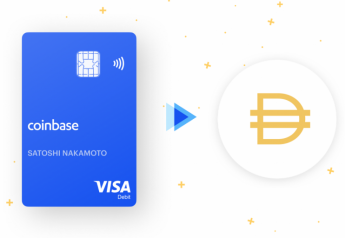There are over 1,600 active cryptocurrency exchanges that attempt to attract cryptocurrency traders and investors. In this article, we’ll discuss seven essential features to look for when choosing the best crypto exchange.
1. Location
There is a sea of crypto exchanges to choose from, but not all exchanges are available to all investors. Many cannot respond to citizens of the United States, China, or countries on the sanctions list like North Korea, Syria, and Iran. In the United States, local regulations may vary by state. When choosing an exchange, you first need to know if it works legally in your country or state. To be safe, you should also check the regulations and taxation of your local crypto assets. Bypassing the law by using a VPN is not recommended as you may lose access to your funds and have no legal background to sue or knowledge of the jurisdictions of other countries.

2. Fees
Trading fees are standard operating fees that you pay in exchange for executing your trades. They are usually expressed as a percentage of your trading amount, or sometimes as a flat rate. A trading fee is deducted from your total transaction each time you sell or buy your cryptocurrencies.
You should browse your chosen exchanges to check their fees. Below you can find a comparison of the fees of the largest global exchanges valid from May 2019.
Other fees may include deposit and withdrawal fees when you put in or take out your currencies from exchanges, and margin trading fees. Margin trading includes leveraged trades (broker loans) and usually comes with additional fees.
3. Liquidity and volume
Liquidity and volume are two of the most important statistics for trading. Liquidity expresses the amount and size of buy and sell orders in the order book. Volume is the amount and size of transactions actually executed. Both of these statistics can inform traders if it is likely that the exchange is popular and has many sellers and buyers. If so, you are more likely to buy or sell your assets quickly at the right price, especially in the volatile crypto market.
In practice, these two statistics are often falsely inflated. Malicious gamers can place big buy or sell walls (the big orders that can’t be filled) to inflate liquidity. Exchanges have also been shown to manipulate their volumes by trading with each other or between their own accounts. Recently, a CER organization has sprung up, offering volume checks.
4. Exchange pairs
The term “pairs” in crypto refers to pairs of cryptocurrencies available for trading on the exchange, for example, Bitcoin-Ethereum or Ethereum-Dogecoin. This means that you can trade Bitcoin to Ethereum and vice versa, or Ethereum to Dogecoin and vice versa, on the platform. Not all exchanges offer all pairs, so you should make sure that your preferred platform supports the coins you want to trade and offers the right exchange pairs.
5. Fiat deposits and withdrawals
Fiat is the standard currency like the dollar or the euro. Some platforms will allow you to use your credit card, wire transfer, PayPal, or debit card to purchase cryptocurrency with your local currency or to withdraw your assets in trust. This is not a necessary feature, but it makes it easier to invest if you are a beginner. Without a fiat function, you will need an exchange or a secondary platform to buy cryptocurrencies or withdraw your assets.
 English
English  French
French 

